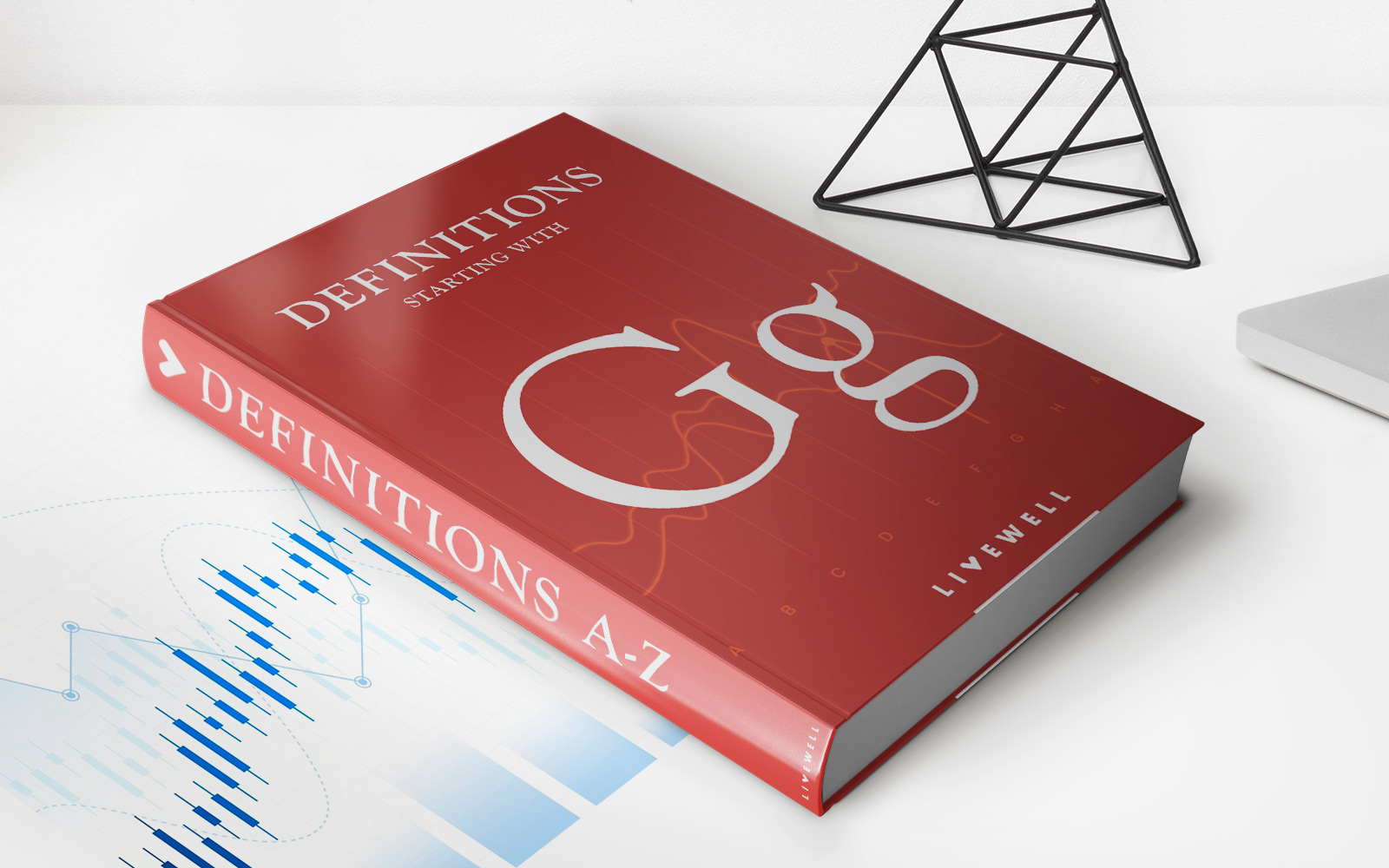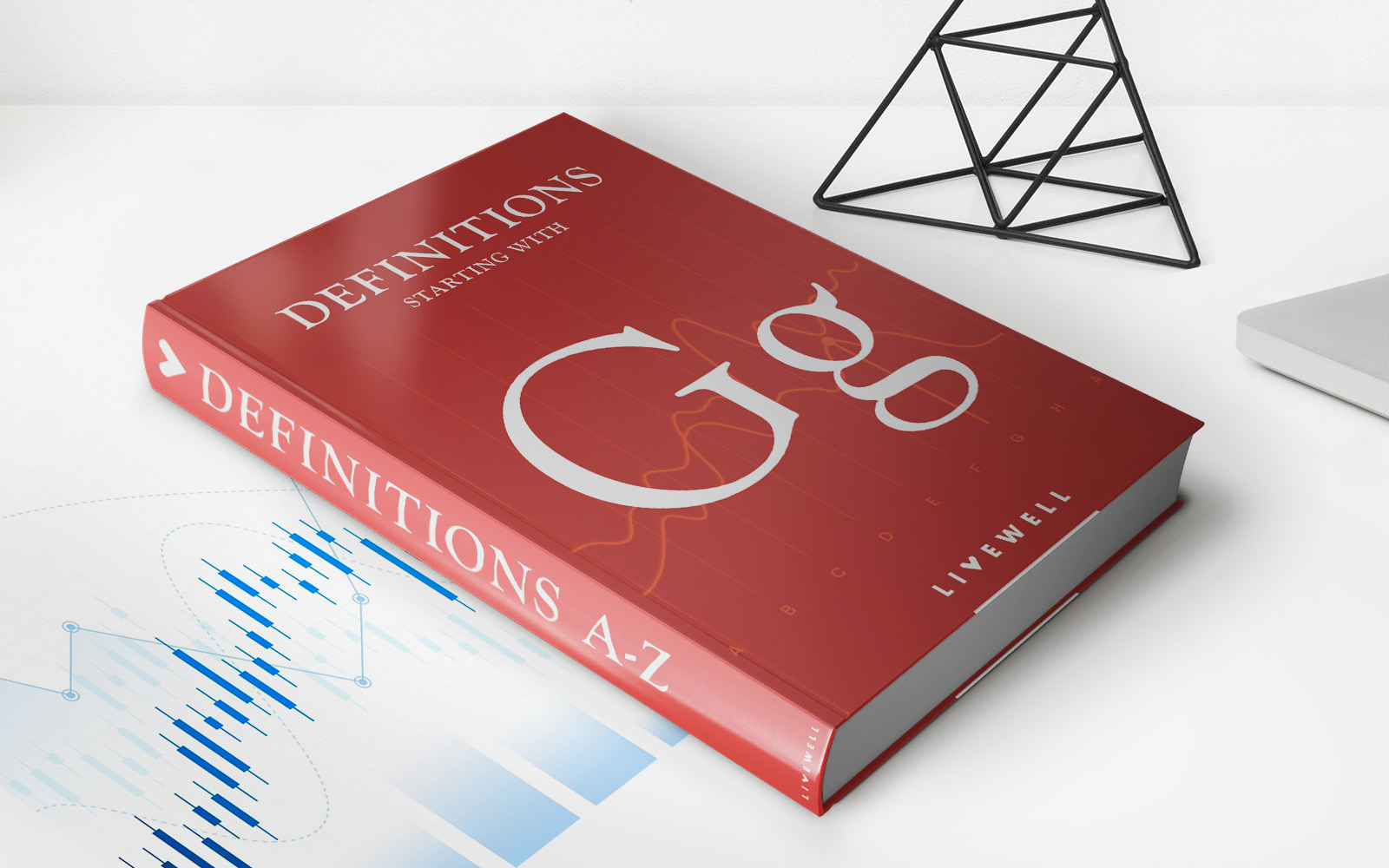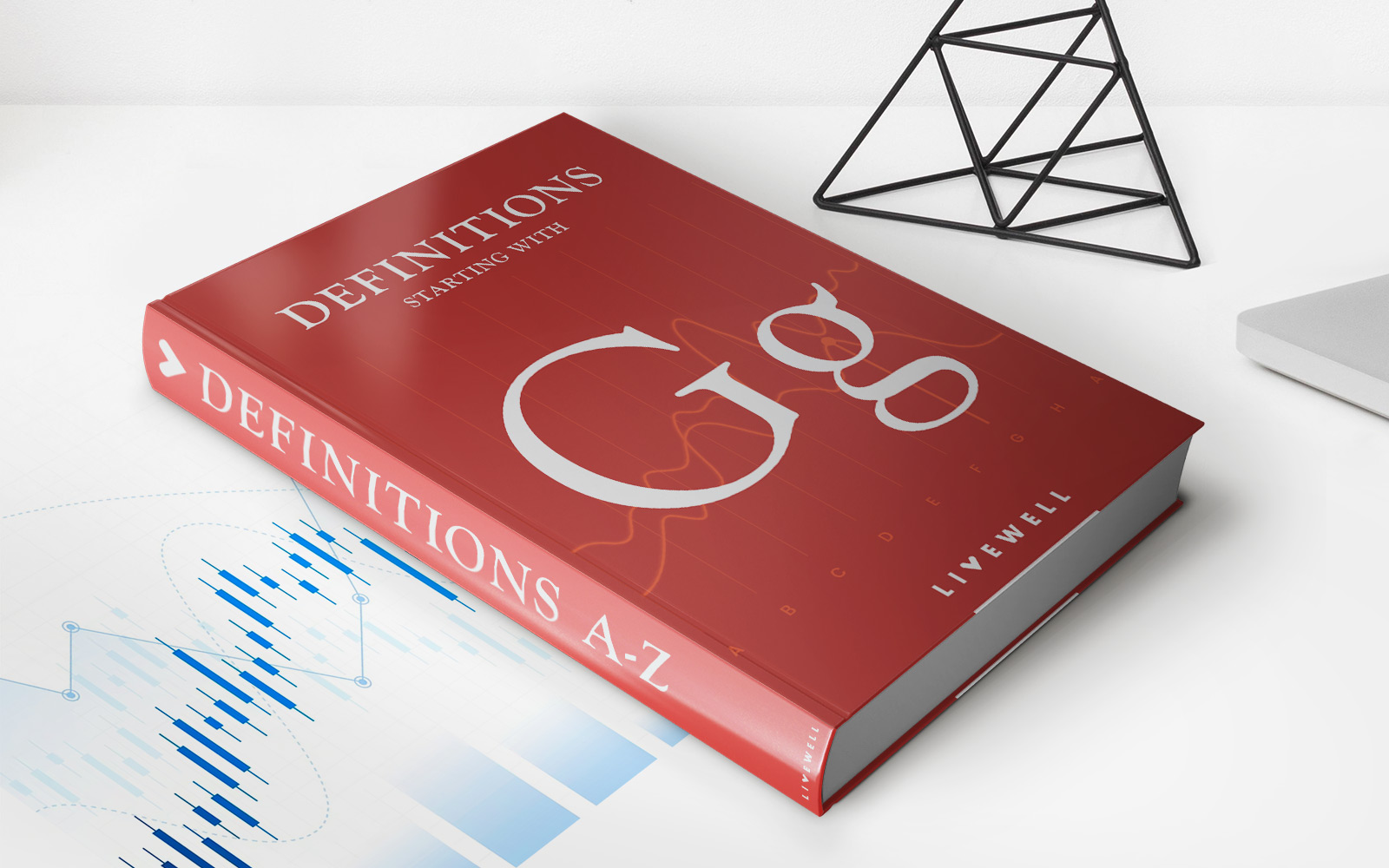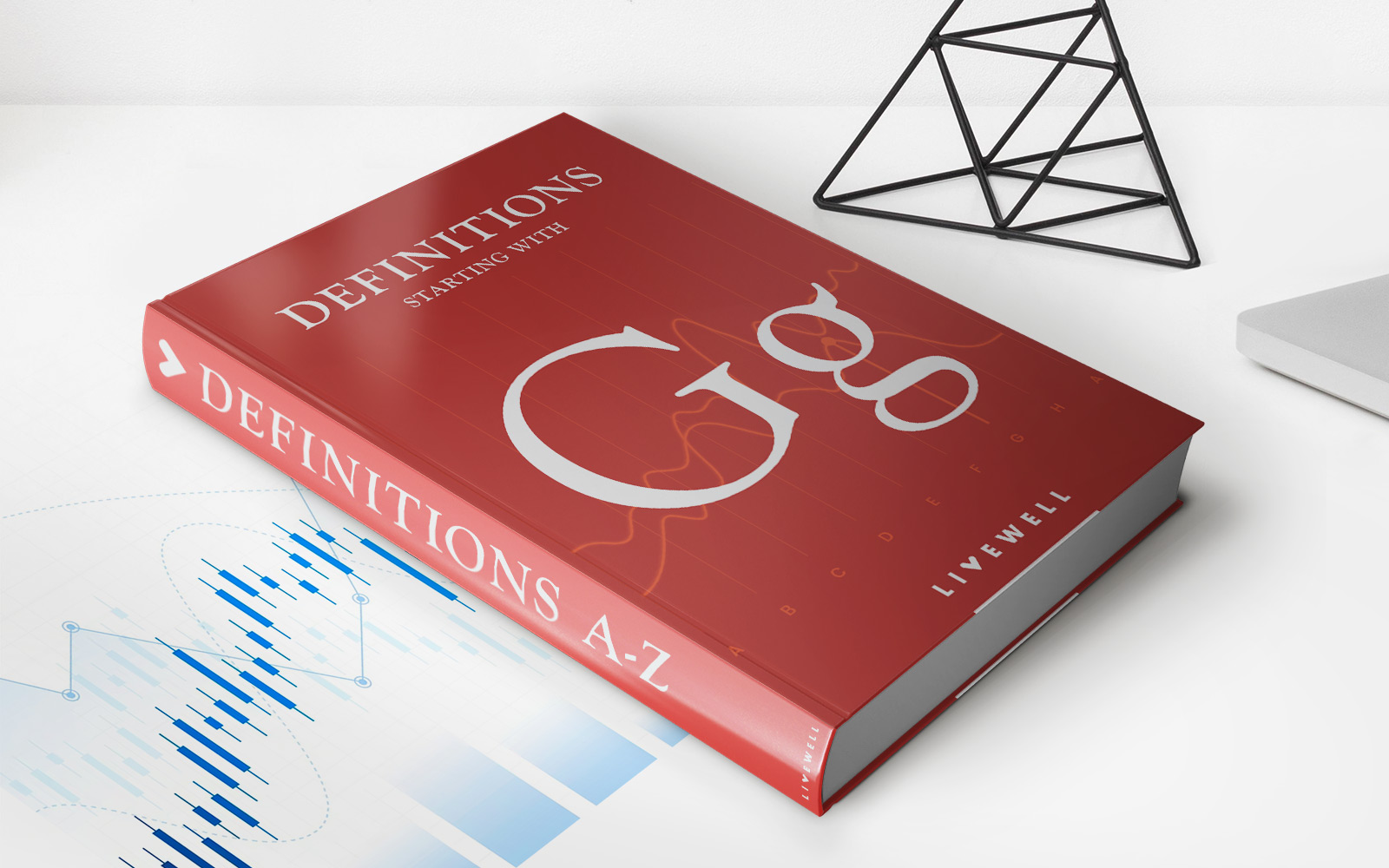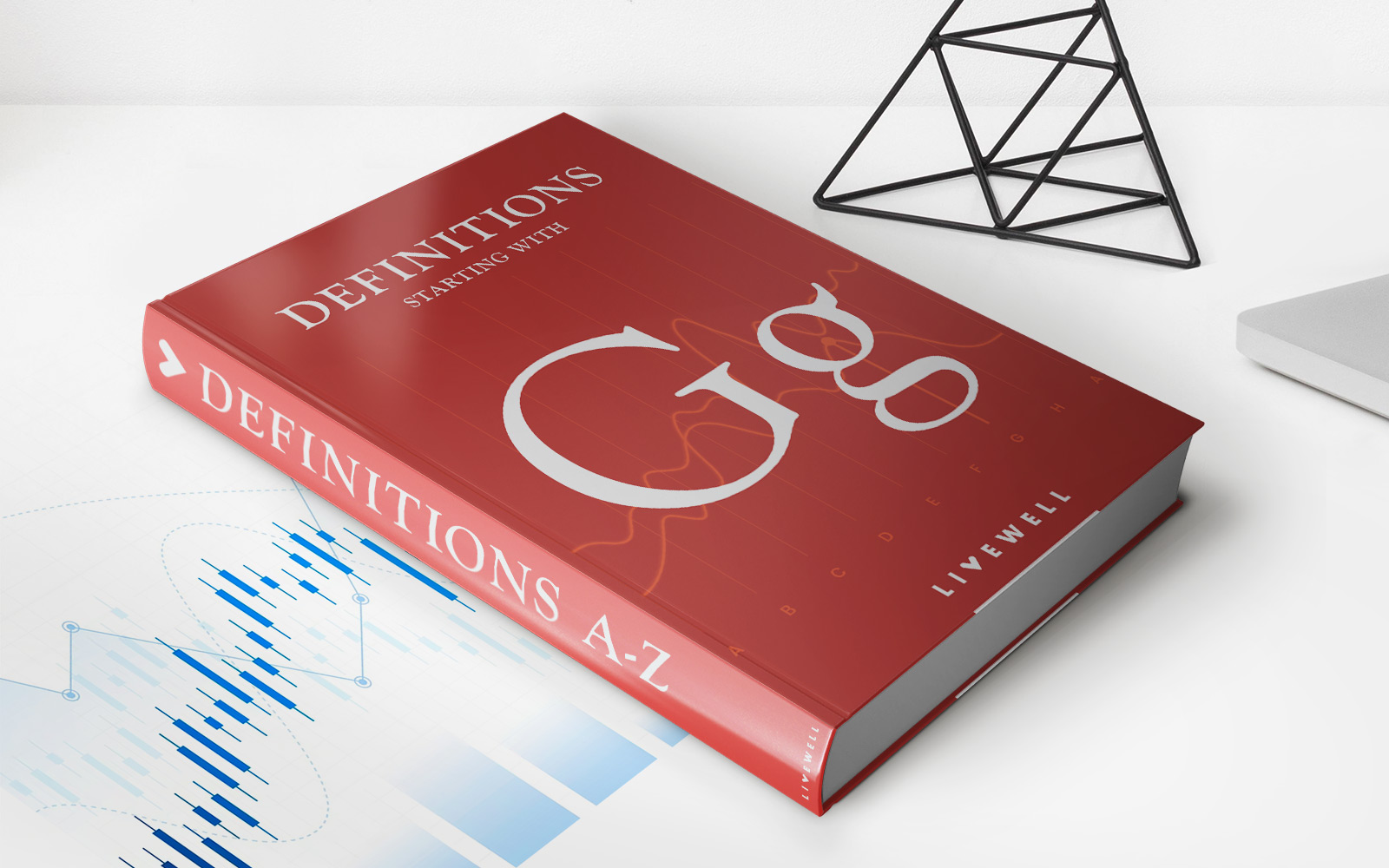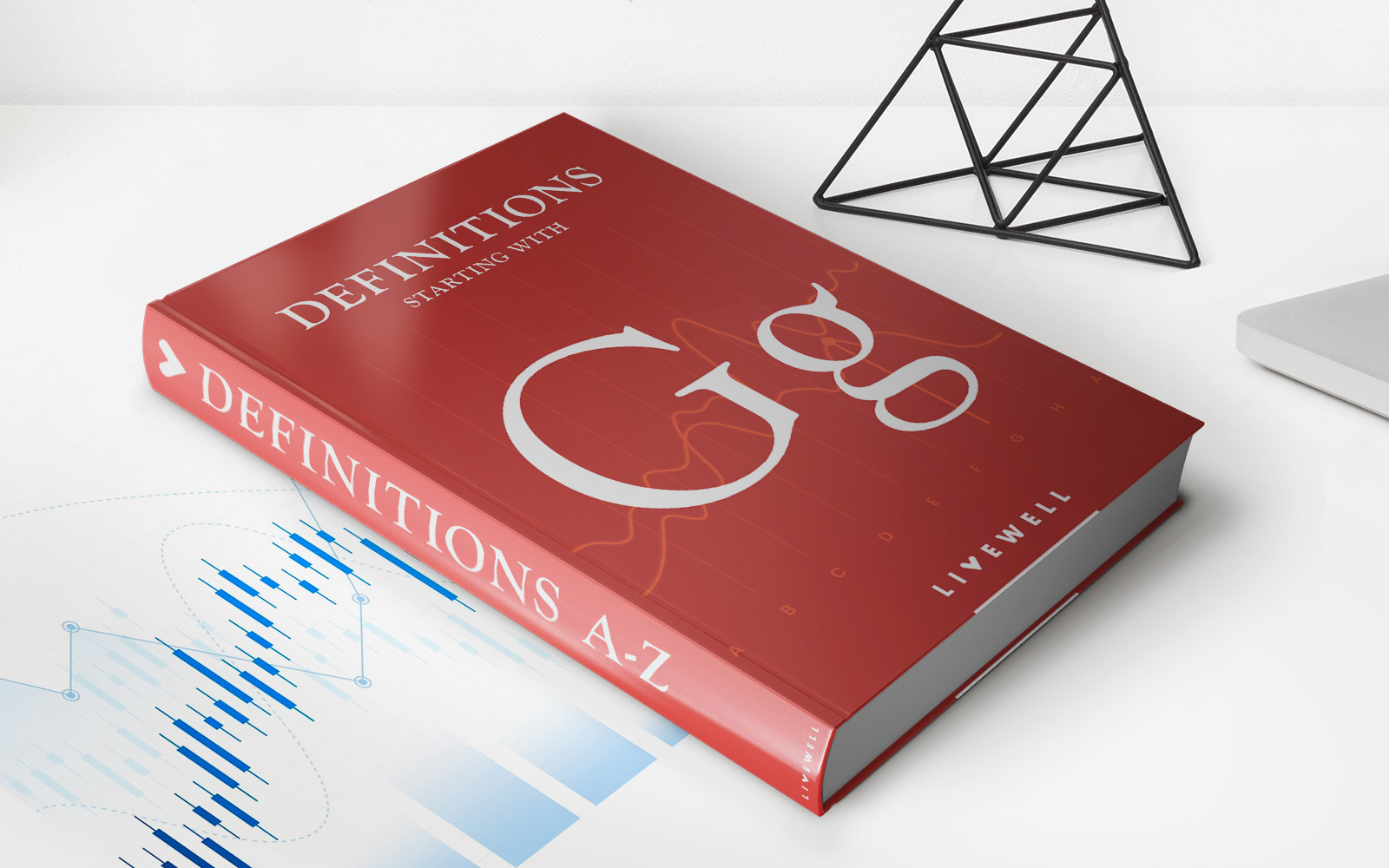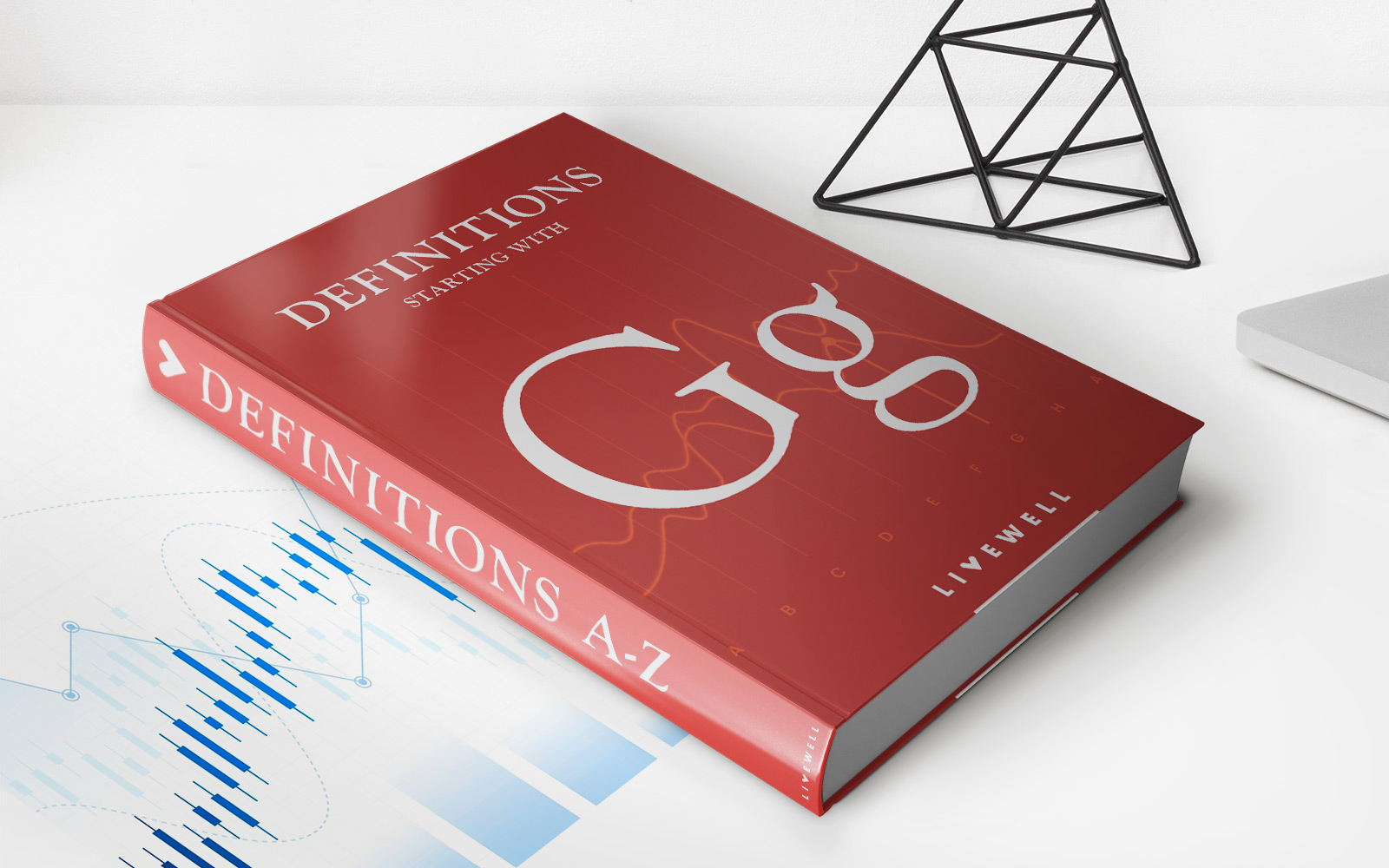Home>Finance>Group Of Seven (G7) Defined: Member Countries & How It Works


Finance
Group Of Seven (G7) Defined: Member Countries & How It Works
Published: December 2, 2023
Learn about the Group of Seven (G7), an influential global organization that brings together the world's largest advanced economies to discuss and coordinate financial matters. Explore the member countries and discover how their collaboration impacts finance worldwide.
(Many of the links in this article redirect to a specific reviewed product. Your purchase of these products through affiliate links helps to generate commission for LiveWell, at no extra cost. Learn more)
G7 Defined: Member Countries & How It Works
When it comes to global economic stability and policy coordination, the Group of Seven, commonly known as G7, plays a pivotal role. But what exactly is G7 and how does it work? In this blog post, we will delve into the definition of G7 and explore its member countries. Join us on this journey to understand the significance of this influential group in shaping the world of finance.
Key Takeaways:
- G7 is an exclusive group of seven advanced economies that meet to discuss economic policies and global challenges.
- The member countries include the United States, Canada, United Kingdom, Germany, France, Italy, and Japan.
The G7, short for “Group of Seven,” serves as a forum for the world’s major advanced economies to come together and address shared challenges and opportunities. This esteemed group was established in the early 1970s and its member countries have been at the forefront of economic development and political influence ever since.
So, who are the members of G7? Let’s take a closer look at the member countries:
- United States: As the largest economy in the world, the United States plays a crucial role in shaping global economic policies.
- Canada: Canada, with its rich natural resources and strong banking system, brings significant economic clout to the table.
- United Kingdom: The United Kingdom, known for its vibrant financial sector, contributes its expertise in trade and investments.
- Germany: As Europe’s largest economy, Germany influences discussions on trade, finance, and international development.
- France: France, renowned for its cultural heritage and economic prowess, adds a unique perspective to the G7 meetings.
- Italy: Italy, with its rich history and innovative industries, actively participates in discussions on economic and social issues.
- Japan: As the world’s third-largest economy, Japan brings its technological advancements and financial expertise to the G7 meetings.
Now that we know the member countries, let’s explore how G7 operates. The group meets annually to discuss a wide range of issues, including economic growth, global trade, climate change, and geopolitical challenges. The discussions held within the G7 framework often shape international policies and agreements. The summits involve leaders, finance ministers, central bank governors, and other high-level officials, who engage in intense negotiations to reach consensus on various crucial matters.
Furthermore, it’s important to note that G7 discussions extend beyond economic topics. The leaders also address current global concerns, such as security, health crises, and climate change. The outcomes of these discussions not only have a significant impact on the member countries but also influence the broader global community.
In conclusion, the Group of Seven (G7) comprises seven influential economies that come together to discuss economic policies and global challenges. Through their discussions and agreements, G7 member countries play a vital role in shaping the world of finance and tackling global issues. As the world continues to evolve, the collaboration and coordination within G7 remain crucial for promoting stability and prosperity.
